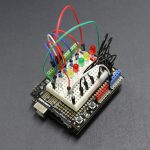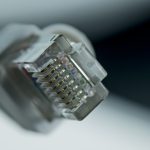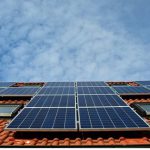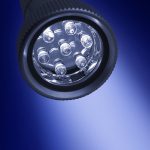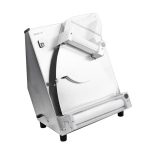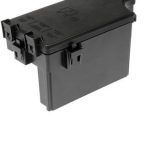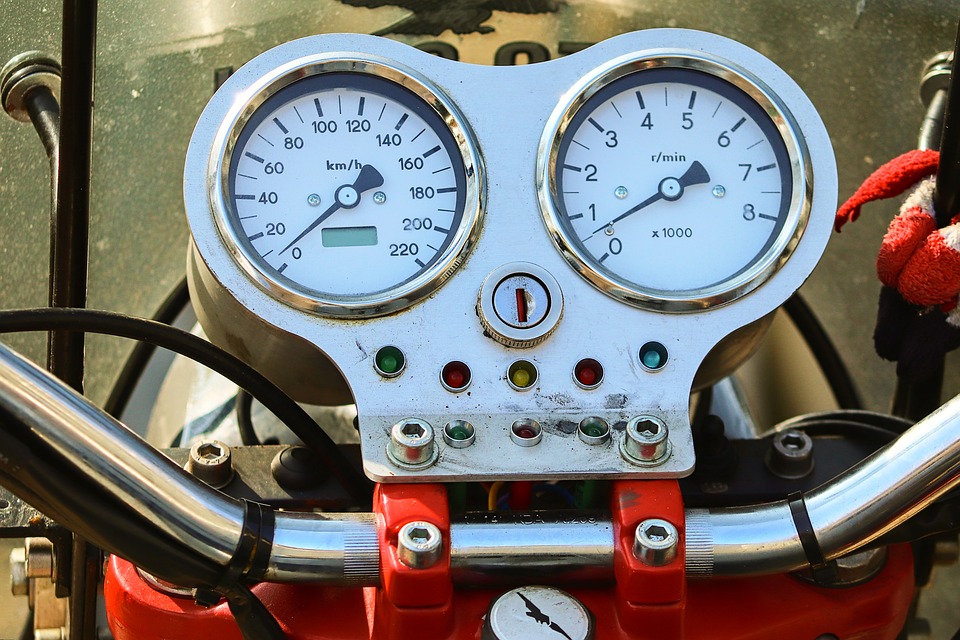
Brushless Motors
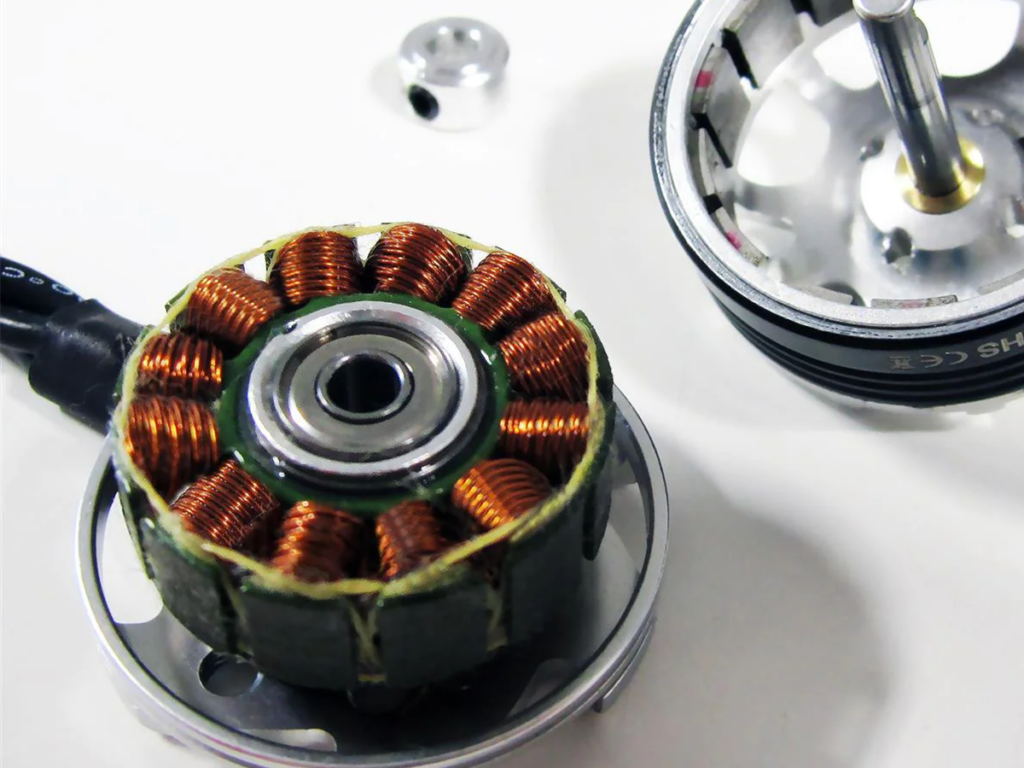
You may have not heard of them or seen the before but you have certainly interacted with them. Brushless motors are DC powered motors that do not use brushes for commutation. In a brushless DC motors the rotor is a permanent magnet while the stator is made up of coils. As such, to achieve rotation in a BLDC motor, the direction of the magnetic field generated by the surrounding coils is changed. In order to control the rotation, one needs adjust the magnitude and direction of the current. To achieve this, you need to first know the position of the rotor. That is where Hall effect sensors come into play.
Hall Effect Sensors
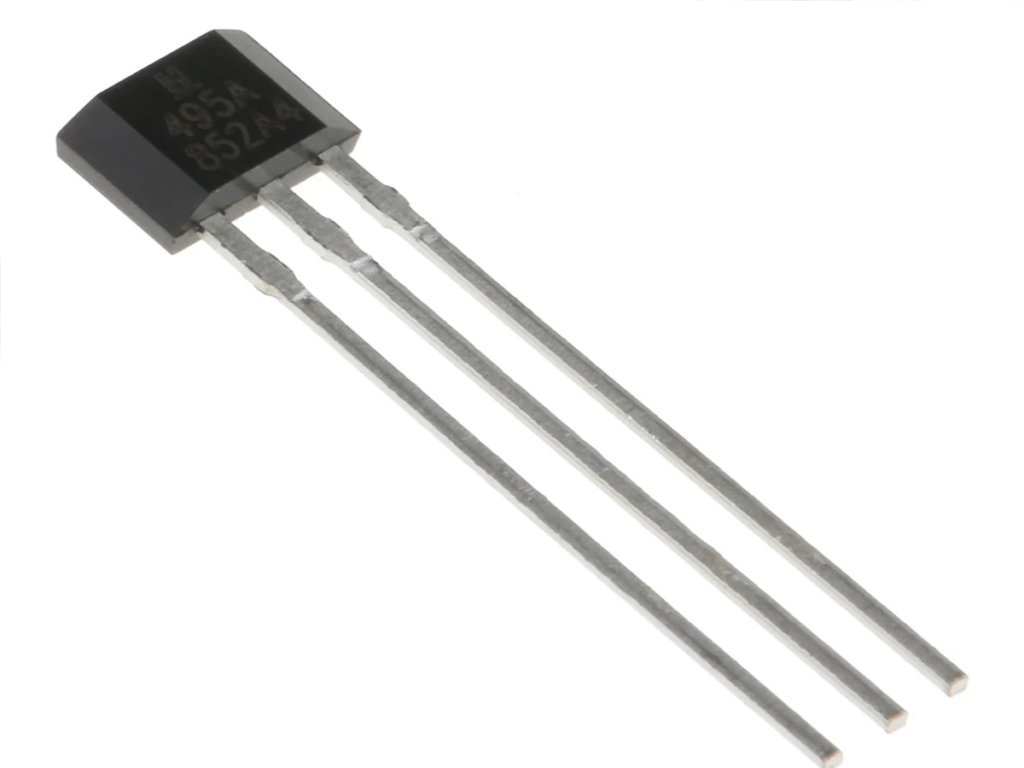
Hall effect sensors are transducers which vary their output voltage in response to a magnetic field. These sensors are often used for current sensing, speed detection and proximity switching. In BLDC motors they are used to identify the position of the rotor. As earlier mentioned, the rotor in BLDC motors is made up of a permanent magnet. The Hall sensor therefore identifies the rotor position by sensing the magnets polarity and then sending the signal to the on-board controller which will then excite the corresponding coils thus producing continuous torque.
Hall effect sensors have three terminals;
- +5V
- Ground
- Variable
The variable terminal produces either a 1 or 0 depending whether it is facing the North or South pole. BLDC motors have three that give 8 combination of binary number, 000, 001, 011, 010, 100,101,110,111. The onboard controller ignores the 000, and the 111 and then uses the other conditions to determine the rotor position before switching corresponding switches to excite the corresponding stator coils.
Advantages of BDLC motors
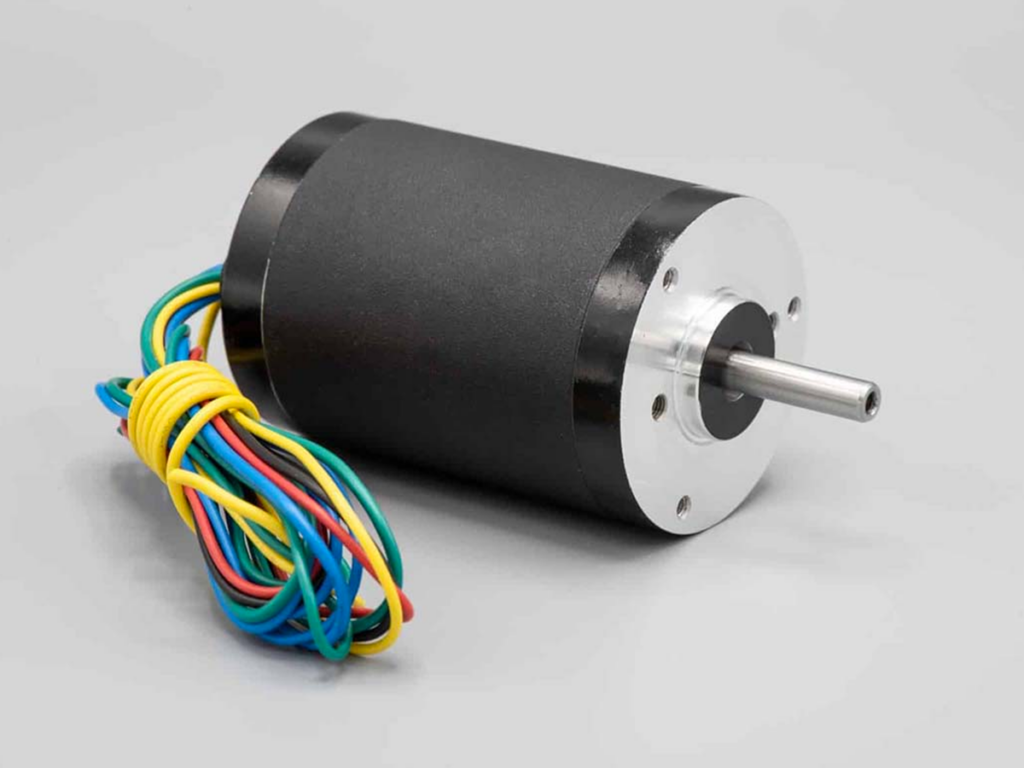
Efficiency
BLDC motors use six binary combinations from three hall effect sensors which enables determine the precise position of the rotor thus enabling the on-board controller to excite the corresponding coils according. This results in continuous rotation and maximum torque.
Controllability
BLDC motors have feedback mechanisms that allow for the delivery of the precise torque and rotation speed. This leads to precise control which results in reduces heat generation.
Durability
Commutation is achieved electronically hence there is no mechanical contact like in brushes. This tremendously reduces the wear and tear in brushed motors leading to longevity. It is for this same reason that BLDC motors also generate low electric noise.
Uses of BLDC motors with Hall Effect sensors
Due to their high efficiency, controllability and durability, BLDC motors are widely used in devices that run continuously like;
- Washing machines
- Air conditioners
- Fans
- Vacuum machines
- Drone etc.






